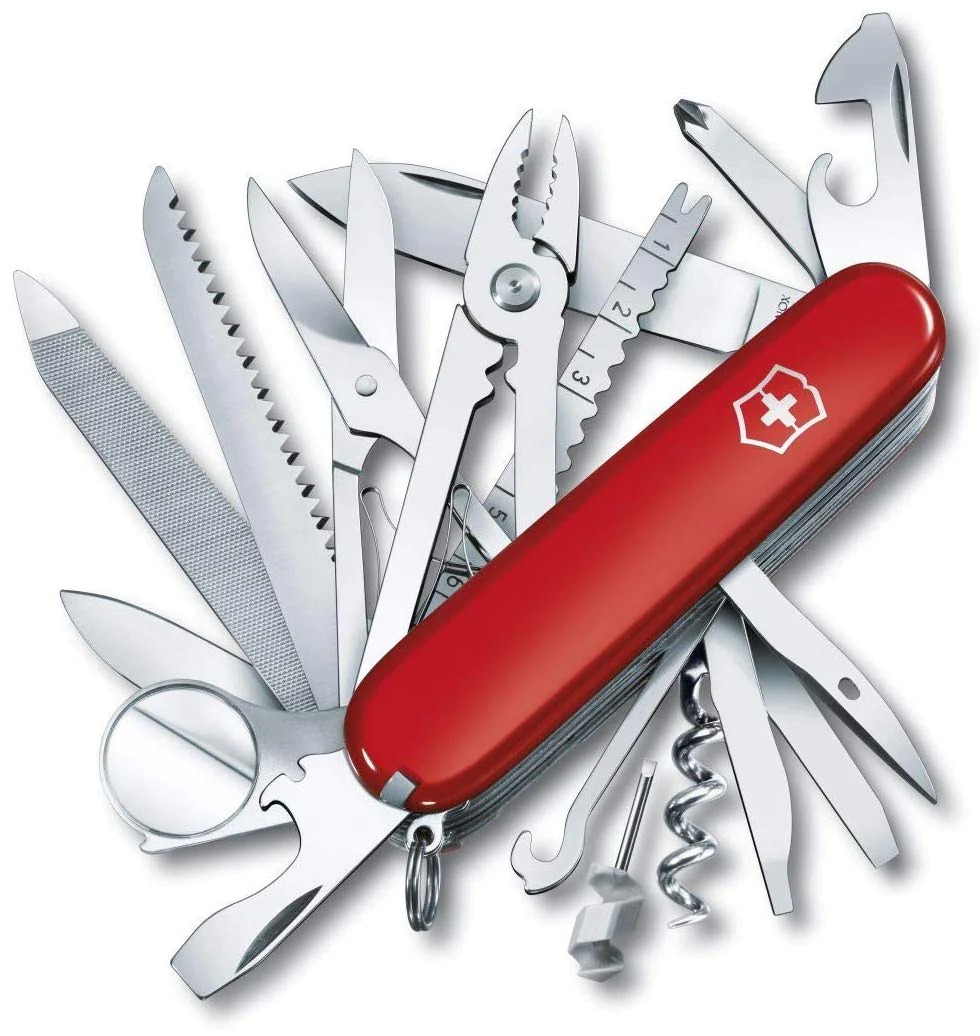SYNCHRONICITY GROWS BRANDS & PEOPLE Connecting Carl Jung and Joseph Jaworski I came across Joseph Jaworski’s book “Synchronicity: The Inner Path of Leadership,” where he explores the concept of synchronicity as it relates to leadership and personal development. As I belief in humanizing brands (for multiple reasons), I was interested to see if branding and […]
Unlocking Full Potential: The Ultimate Guide to Thrive in an Ever-Changing World
UNLOCKING FULL POTENTIAL: The ultimate guide to thrive in an ever-changing world It’s not the strongest of species that survives, it’s the ones that are most adaptable to change. – Darwin The only thing we know for sure about the future is that it won’t be anything like today. The best way to deal with […]
Less Profit, More Happiness
Less Profit, More Happiness It sounds like a contradiction, but it’s not. The ideas is simple: Companies should define a profit ceiling. Anything they earn above, is used for positive investment like education, sustainability, pollution, improve farmer’s prices, equal opportunities, culture, the community, you get the idea. Now what happens? Employees who work for companies […]



